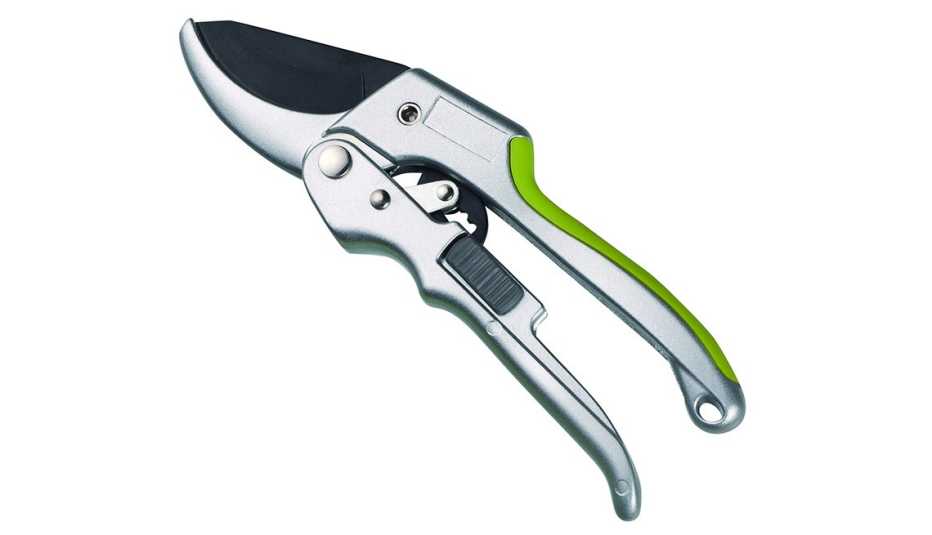AARP Hearing Center


"Gardening is like painting or writing or any creative endeavor — it's ultimately the process that is satisfying,” says Jennifer Solow, publisher of garden-heavy food magazines Edible Hudson Valley and Edible Westchester.
And it's a hobby that more than 77 percent of American households really dig, according to a 2018 national survey from Garden Research.
"I started gardening in midlife and really plunged in after my second marriage led me to buying a house with a nice yard — only planted with roses, which wasn't our vision,” says Solow's colleague Susan Able, publisher of Edible DC, whose yard is now planted with a mix of flowers and vegetables. You don't have to choose just one or the other. “We have peppers and herbs, with flower borders. I plant cherry tomatoes in a sunny spot with a couple of sun-loving miniature begonias around the base. We also have hydrangeas, peonies and daisies flanking the raised beds, which corral the veggies and herbs. The flowers add color and are great for table vases."
Bounty aside, studies also show that gardens have a number of tangible benefits. They improve our physical and psychological well-being, particularly as we age. Activity associated with gardening has been shown to reduce blood pressure, stress and muscle tension. And a 2016 Taiwanese study found that daily gardening for pleasure was associated with improved survival for people 50 and older.
Getting out in the garden is also a great social activity, where dirt lovers of all ages have an opportunity to bond as they gather for a common purpose. A community garden is also a good way for beginners to ease into the hobby, as they are able to soak up guidance from the more experienced in the group.
Community gardens come in several forms: Some involve common land divided into personal patches in which each gardener tends the plants and harvests the produce; others are more of a communal effort, functioning as a single patch, where the work and bounty are shared by all participants.
How to get started
If you're a beginner, choose plants wisely, based on the plot where you plan to plant: How much light does it get? How much space do you have? What are the characteristics of the soil?
"Any gardener must remember that your garden is only as good as your soil,” says Solow. “If growing in a pot or a small patch of earth, remember to amend the soil every year with rich compost."
Where to find answers
An unsung hero in the gardener's arsenal is the local extension service. Each of the 50 states has a cooperative extension system, and most will answer questions via a hotline and will offer soil testing and pest identification for free or at a nominal cost. You can find your nearest extension service on the U.S. Department of Agriculture's Land Grant Directory (click on your state and then choose “extension” in the drop-down menu).
Garden-focused podcasts also offer a wealth of expertise and advice on the topic (side benefit: They can be listened to while pulling weeds). A few highly rated shows include “A Way to Garden,” “Still Growing” and “You Bet Your Garden.” Find one that suits your interests wherever you get your podcasts (iTunes, Stitcher, Spotify, etc.).




































































More on home-family
7 Ways to Get Closer to a Zero-Waste Lifestyle
Small changes can help to shrink your carbon footprint
7 Beautiful Wildflower Festivals Around the U.S.
Enjoy some fragrant fun at these lovely spring celebrations